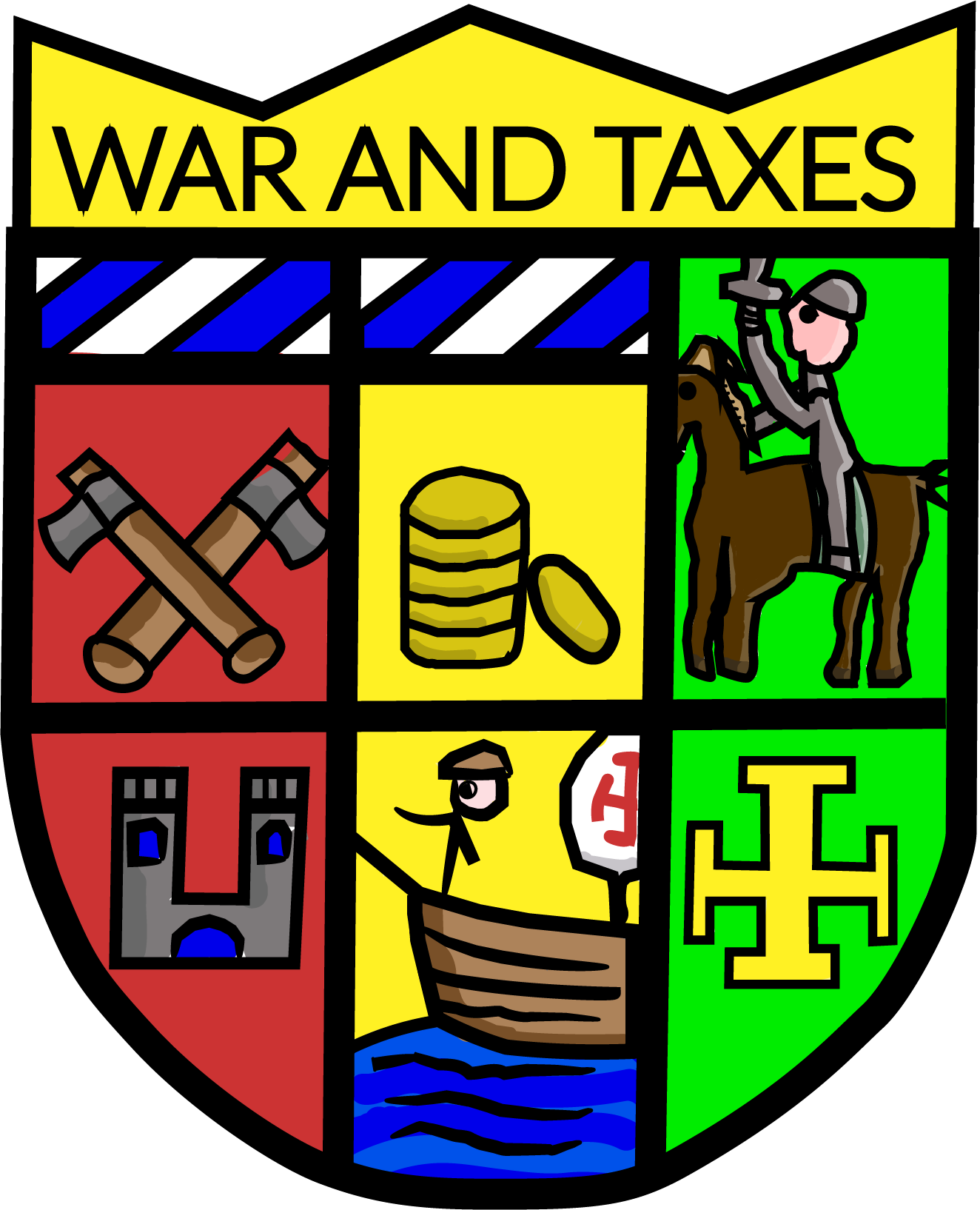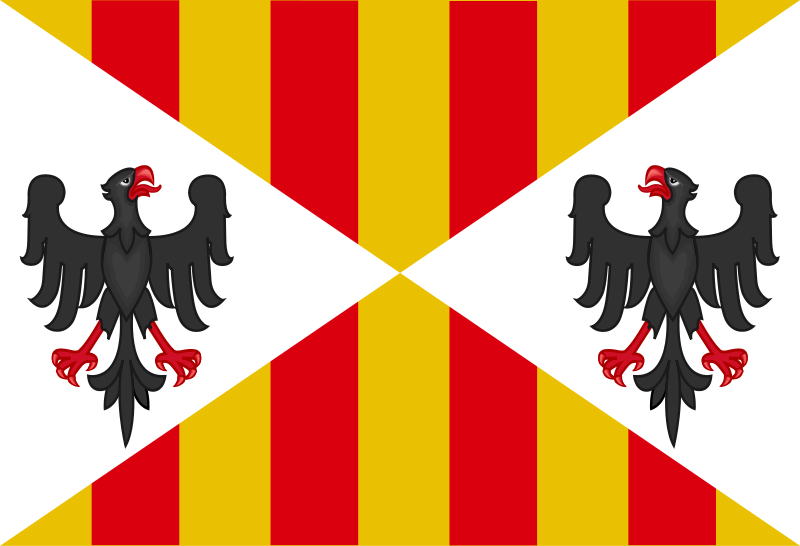In this article, the Normans bring a golden era to the Kingdom of Sicily establishing it as a major power house in the Mediterranean. Discover more about this truly marvelous age below:
Last time, I addressed the rise of the Norman rule in south Italy and Sicily and how the Normans Roger I and William II of Hauteville set the stage for the unification of southern Italy and the creation of a major kingdom in the region, The Kingdom of Sicily.
The one responsible for the creation of this realm was Roger I’s son Roger II who inherited the Island of Sicily from his father, and later the mainland Hauteville territories from his cousin William II.

Roger II of Hauteville being crowned by Christ himself.
By Matthias Süßen in Roger II. wird von Christus gekrönt, Mosaik in La Martorana.
He had the de facto power within the land to be called a king. However, he was not recognized as such by the Pope. So in 1130, in the midst of a papal schism and in return for a pledge of an allegiance to the Pope, he succeeded in having his status raised to King, first being recognized by the Antipope Analect II, a then, in 1139, by the legitimate Pope Innocent II.
Thus began a truly golden era for the kingdom of Sicily as Roger II was a magnificent ruler pursuing innovative policies that brought wealth and knowledge to the realm. He was not afraid of building a truly multicultural kingdom with the presence of Muslims, Jews, Greeks, Latins, and Normans, who came from distant regions to study there.

Palatine Chapel in Palermo, one of the most magnificent Roger II’s churches .
The Sicilian realm was the meeting point between the Western, Byzantine and Muslim worlds, so it had a great importance in the context of the Mediterranean. Due to the island being in the control of a Christian ruler, Western ships could travel to the Levant much more easily, facilitating and expanding Mediterranean trade.
Palermo, the capital of the Sicilian realm, became a major European cultural hub. It was here that some of the works of Plato were translated, and it was here that the geographer al-Idrisi drafted a world map, the likes of which wasn’t seen in centuries.

The “Tabula Rogeriana”- This is the world map made by the muslim geographer al-Idrisi.
Furthermore, a powerful fleet was built that in turn allowed the King to expand beyond Italy and to conquer modern-day Tunisia. Nevertheless, this territorial expansion in Africa did not last very long, being lost in the reign of Roger II’s son, William.

The Kingdom of Sicily at its largest extent in reign of Roger II.
By Nuovopitagorico in Map of the Kingdom of Roger II in 1160.
Still, Roger wanted to expand further still, so we sent expeditions the Byzantines Lands and managed to conquer Corfu, a little Island off the western coast of Greece. However, Corfu was re-conquered not long after by the Byzantines. In the end, this military incursion did not have any long-term effect on the geopolitics of the Kingdom of Sicily.

The Italian domains of the Kingdom of Sicliy upon the death of Roger II.
By MapMaster in The Kingdom of Sicily upon the death of Roger II of Sicily in 1154.
Alas, all golden ages come to an end, and in 1154 Roger II died in Palermo. His successors did not have the same success as him, and within five generations the Norman rule was broken, and Sicily became a territory of the Holy Roma Empire under the rule of Frederick II.
What to know more about the Normans? Click here to buy cheap books with free shipping!
Sources:
![]()
Fried, J. (2015). The Middle Ages. London, England: The Belknap Press of Harvard University Press.
Eco, U. (2010). Idade Média – Bárbaros, cristãos e muçulmanos. Milan: Publicações Dom Quixote.
Fourquin, G. (s.d.). História Económica do Ocidente Medieval. Lisboa: Edições 70.


4 replies on “The Norman Invasions Of Sicily- Part 2: The Great Kingdom Of Sicily”
Any idea why the map is upside-down?
LikeLike
Sorry for taking so long to answer!
So, regarding your question, I do not have a solid source on this one. However, I would say that as the cartographer was an Arab, making a map commissioned by the king of Sicily, he focused on the perspective “South-North” instead of “North-South,” because it was the perspective of a Sicilian towards the world.
The Sicilians sought the lands south of them to expand both commercially and militarily, so it makes sense that a map commissioned by the Sicilian King focused more on that perspective. Nevertheless, It just my opinion and I can confirm if it is true or not.
LikeLike
Interesting. I know that Roman maps put East at the top, because they used the rising sun for ‘orientation’ — literally, ‘to identify the East. ‘ I wonder if the reversal has anything to do with writing from right to left?
LikeLike
Yes, It could be. I think that the majority of ancient maps reflect the prespective od the cartographers who made, and as such they have certain particularities, such as centering the world around a particular place or constructing the map in a certain certain direction i.e South-North, East-West..
LikeLike